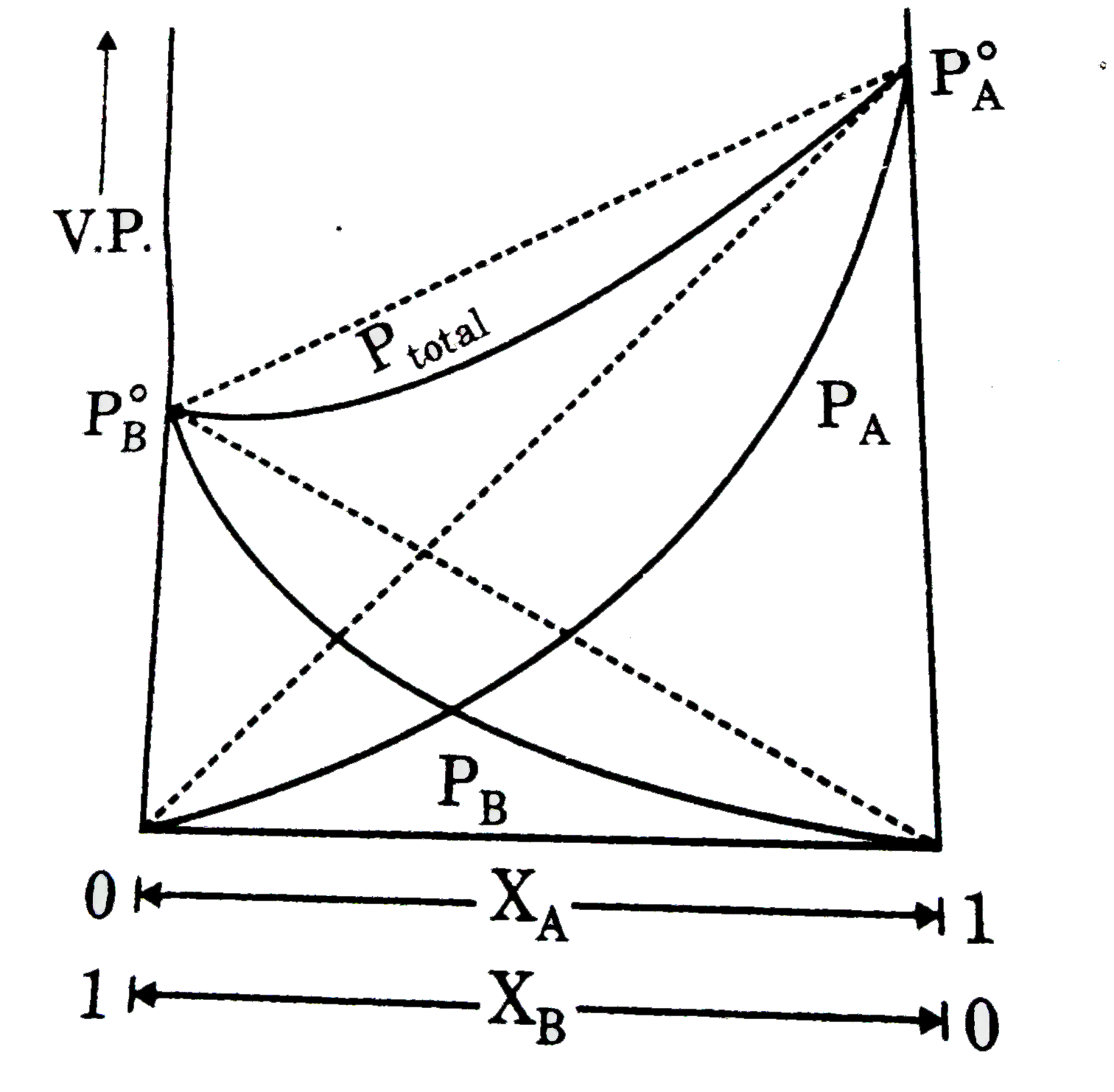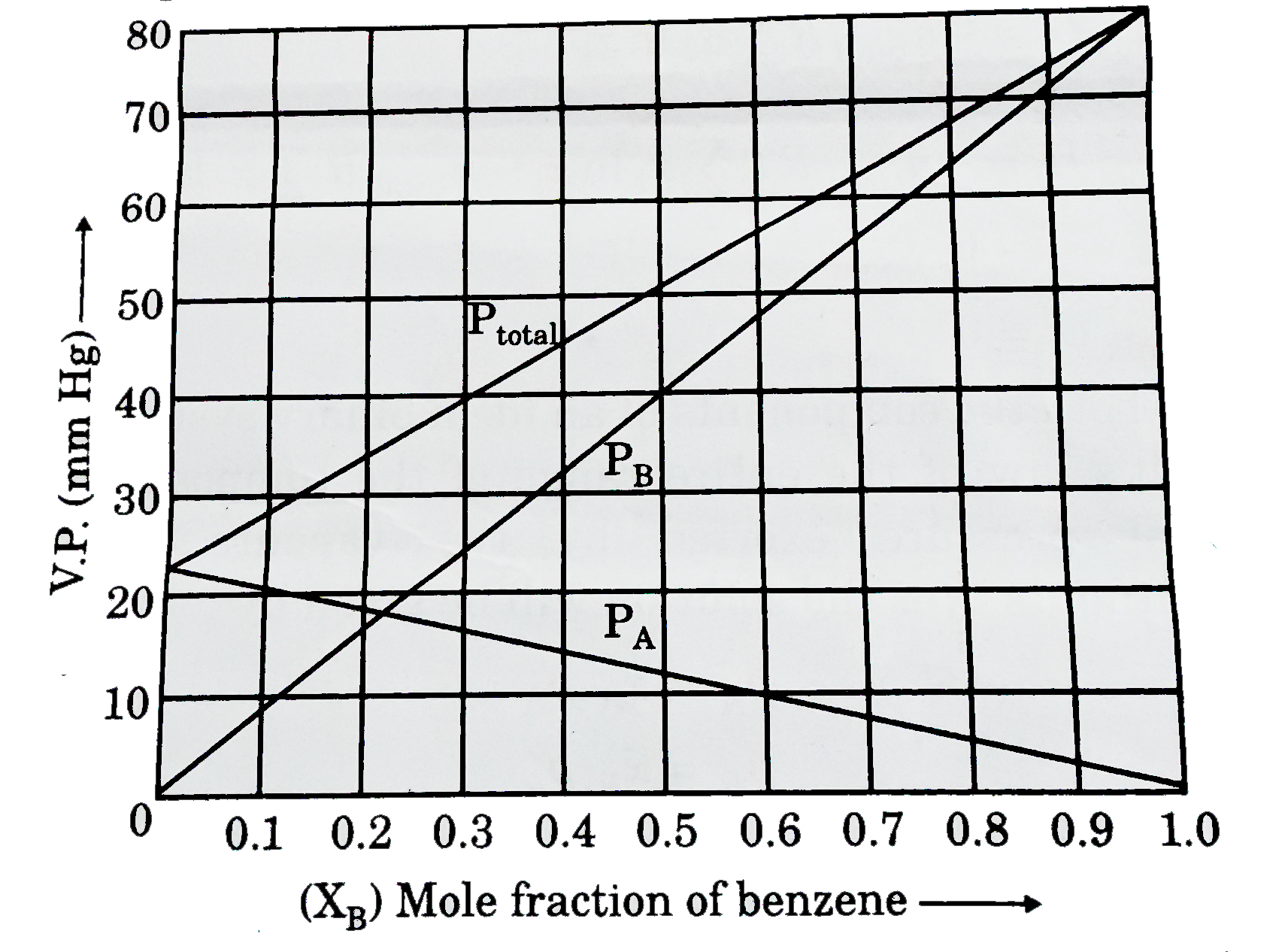A solution containing components A and B follows Raoult's law, when
A – B attraction force is greater than A – A and B – B
A – B attraction force is less than A – A and B – B
Attraction force remains same in A – A and B – B
Volume of solution is different from sum of volume of solute and solvent
The correct Answer is:C
Step by step video, text & image solution for A solution containing components A and B follows Raoult's law, when by Chemistry experts to help you in doubts & scoring excellent marks in Class 12 exams.
Updated on:21/07/2023Topper's Solved these Questions
- NEETBook:NEET PREVIOUS YEAR (YEARWISE + CHAPTERWISE)Chapter:NEETExercise:CHEMISTRY
Explore 151 Videos
- NEETBook:NEET PREVIOUS YEAR (YEARWISE + CHAPTERWISE)Chapter:NEETExercise:QUESTION
Explore 92 Videos
- METALLURGICAL OPERATIONS Book:NEET PREVIOUS YEAR (YEARWISE + CHAPTERWISE)Chapter:METALLURGICAL OPERATIONS Exercise:MCQ
Explore 21 Videos
- NEET 2018Book:NEET PREVIOUS YEAR (YEARWISE + CHAPTERWISE)Chapter:NEET 2018Exercise:QUESTION
Explore 45 Videos
Similar Questions
State Raoult's law for a solution containing volatile components. How does Raoult's law become a special case of Henry's law ?
View Solution(a) State Raoult's law for a solution containing volatile components.
How does Raoult' s law become a special case of Henry's law?
(b) 1.00 g of a non-electrolyte solute dissolved in 50 g of benzene lowered the freezing point of benzene by 0.40 K. Find the molar mass of the solute. (Kf for benzene =5.12kgmol−1)
View Solution
Knowledge Check
A solution containing components A and 8 follows Raoult's law, when
AA-B attraction force is greater than that of A-A and B-BBA-B attraction force is less than that of A-A and B-BCA-B attraction force is same as that of A-A and B-BDNone of the aboveAnswer the questions (given below) which are based on the following diagram: vapour pessure diagram for real solution of two liquids A and B that exhibit a negative deviation from Raoult's law. The vapour pressure of both A and B are less than predicted by Raoult's law. The dashed lines represent the plots for ideal solutions.

Solution containing components A and B show this type of deviation from ideal behaviour when:AAttractionA...BΔHmixΔVmixB.PLarger than average ofA...A.B..Battraction+ve+velarger than expectedBAttractionA...BΔHmixΔVmixB.PAs in(a)−ve−veAs in(a)CAttractionA...BΔHmixΔVmixB.PSmaller than average ofA...A..B..Battraction+ve+veSmaller than expectedDAttractionA...BΔHmixΔVmixB.PAs in(c)−ve−veAs in(c)Answer the questions (given below) which are based on the following diagram. Vapour pressure plots of benzene-toluence mixture at 20∘C. Solution of benzene and toluence are ideal. Raoult's law is valid for both components over the entrie range of concentration.

An ideal solution consisting of two components A and B (such as benzene and toluence) is one in whic:Athe intermolecular attraction A...A, B...B and A...B are equalBΔHmix=0,ΔVmix=0Cboth of the above conditions are followedDnone of the above conditions are followed
State Raoult's law for a solution containing volatile components. What is the similarity between Raoult's law and Henry's law?
View SolutionState Raoult's law for the solution containing volatile components. What is the similarity .
between Raoult's law and Henry's law ?
View SolutionOne component of a solution follows Raoult's over the entire range 0≤x1≤1. The second component must follow Raoult's law in the range when x2 is
View SolutionOne component of a solution follows Raoult's over the entire range 0≤x1≤1. The second component must follow Raoult's law in the range when x2 is
View SolutionOne component of a solution follows Raoult's over the entire range 0≤x1≤1. The second component must follow Raoult's law in the range when x2 is
View Solution